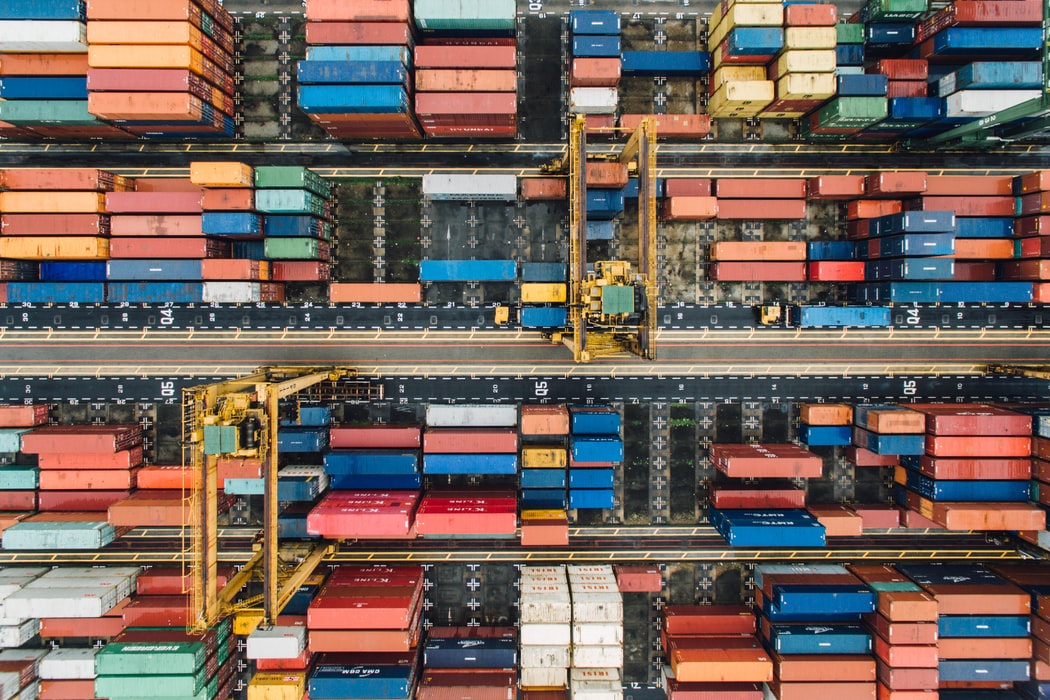In January this year, after several years of planning and negotiations, the African Continental Free Trade Area (AfCFTA) was launched. This monumental agreement sets to boost intra-Africa trade and facilitate sustainable development across the continent, presenting a tremendous opportunity for further interconnectedness between African countries. Indeed, the UN Economic Commission for Africa estimates that by 2022, intra-Africa trade could rise by 52%!
In a similar vein, back in 2013, Beijing launched the Belt and Road Initiative (BRI), intended to increase trade and connectivity worldwide through infrastructure and service expansion projects, which could boost economic growth across Africa.
Considering that both the AfCFTA and the BRI are mechanisms intended to increase integration and facilitate trade – should these two ground-breaking initiatives be linked?
On the one hand, China is the continents largest bilateral trading partner, therefore linking the initiatives would bring numerous benefits for furthering trade facilitation. On the other, African countries would have to ensure their markets are not flooded by highly competitive and cheap Chinese goods – which could inhibit the development of domestic manufacturing and value-added industries.
The upcoming Forum on China–Africa Cooperation (FOCAC), to be held in Senegal later this year, presents an opportunity for African countries to plan such a strategy to anchor China–Africa negotiations. The potential of linking the AfCFTA and the BRI had already been raised at the previous FOCAC back in 2018, so the topic will likely be raised again. It is therefore crucial that African governments prepare a coordinated, well-planned response to successfully reap the benefits if the linking were to go ahead.
Our Policy Analysts, Yike Fu and Ovigwe Eguegu, explore the opportunities and the risks of linking the two initiatives in a new policy brief for the South African Institute of International Affairs (SAIIA). The report is available for download from SAIIA’s website linked here.
August 2021


